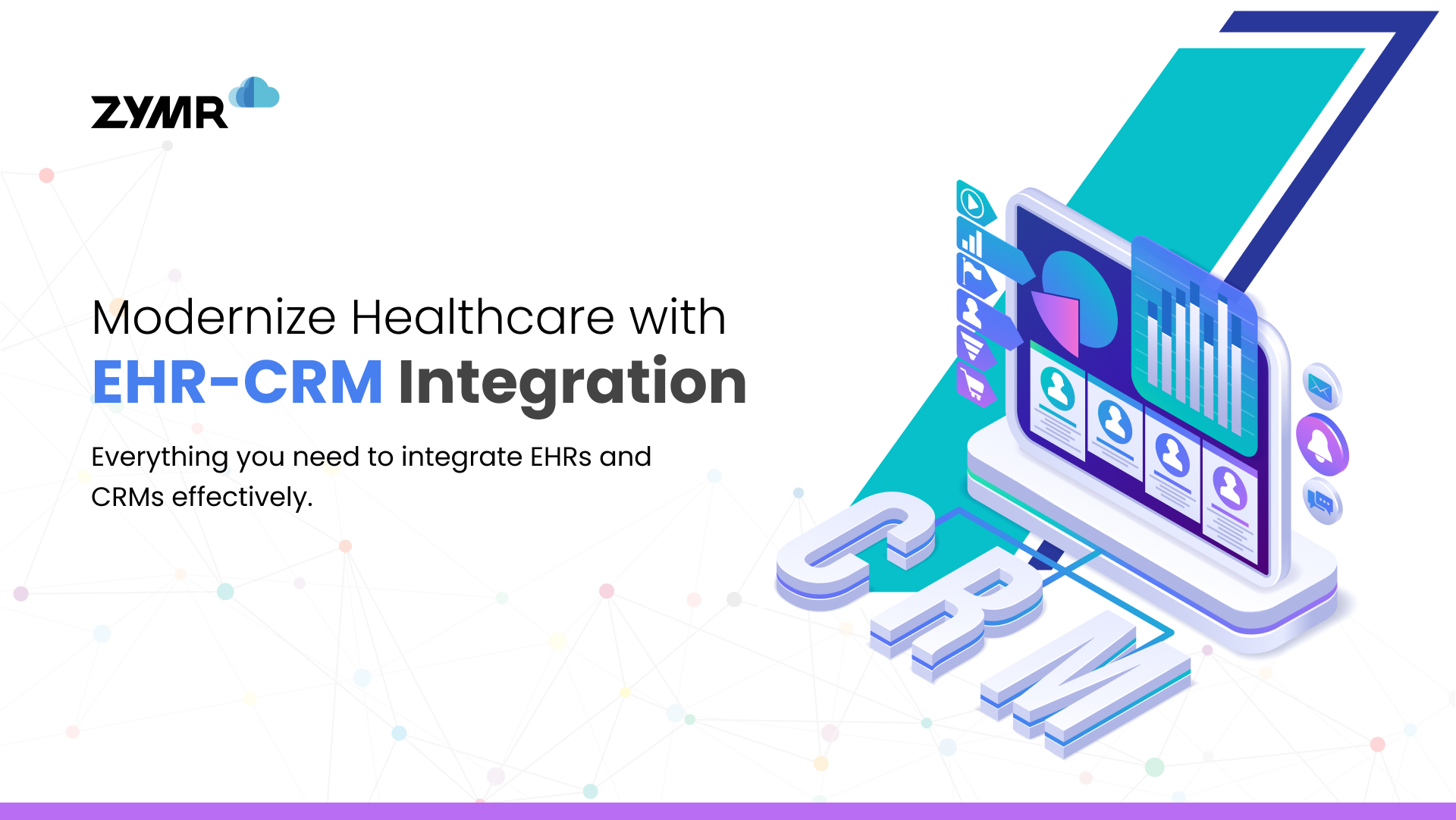If you are already using RESTful APIs in your system architecture, then congratulations! The methodology makes things simple to extend and modify at any given time. However, managing your RESTful API infrastructure can certainly be challenging – or a straight up pain - without the right tools in place.Considered Swagger? It’s not only some word that hip-hop artists were throwing around circa 2010, it’s also your best leg up when it comes to documenting and managing your REST APIs. Not only that, Swagger is now the base of the Open API Initiative which is backed by Linux, Google, and IBM and is bringing about standardization to APIs - about time!From a project perspective though, it’s also an easy way to keep track of all interactions, experiment with your APIs, and show your client just what’s going on in ways that they can understand.In summary: Swagger makes your life easier. And what sort of developer would you be if you’re not finding tools and scripts to make your life easier?And if you’re a project manager? It’s time to incorporate Swagger into your team’s processes to get a project I/O defined easily and succinctly.
What is Swagger?
Swagger themselves put it this way:
“Swagger is a simple yet powerful representation of your RESTful API. With the largest ecosystem of API tooling on the planet, thousands of developers are supporting Swagger in almost every modern programming language and deployment environment. With a Swagger-enabled API, you get interactive documentation, client SDK generation and discoverability.”
Sounds pretty amazing right? And it is. Swagger brings your flat project to life, making it easily accessible for all stakeholders. It defines an interface to REST APIs that is standard and language independent. It’s a formal spec that is completely tooled (and completely open source) to help you succinctly define your APIs. It provides clean UIs to show data interactions and an easy to use JSON or YAML coding interface.It provides the framework to ensure that you stick to the REST criteria, and offers an easy way to build your code around these specifications. Not only this, it makes your specifications and interactions homogenous and repeatable, and provides a managed overview of your entire project – minimizing errors.
Who needs it?
Swagger is for anyone that builds or oversees RESTful APIs – be all and end all. Because it is language independent, it simply gives you a way to define, manage, and track data exchanges, across your project. The tools that Swagger provides are simple to operate, and the content that it generates makes it easy to explain to coders, testers, and project managers the exact outline of the operations that are occurring. The generated content and UI make the most complex of interactions human readable – and not just by those of us with a coding background.In short, it’s time to jump on the Swagger bandwagon, if you haven’t already…Everything you need to know about outsourcing technology developmentAccess a special Introduction Package with everything you want to know about outsourcing your technology development. How should you evaluate a partner? What components of your solution that are suitable to be handed off to a partner? These answers and more below.
Conclusion
FAQs
>
>
>
>
>
Have a specific concern bothering you?
Try our complimentary 2-week POV engagement
Our Latest Blogs

January 4, 2026
Personalisation in Healthcare: How Data & AI Are Transforming Patient Experiences


December 30, 2025






.svg)
.svg)
.svg)
.svg)
.svg)
.svg)
